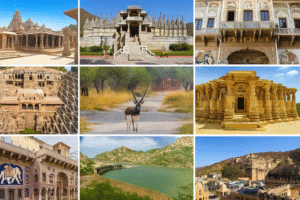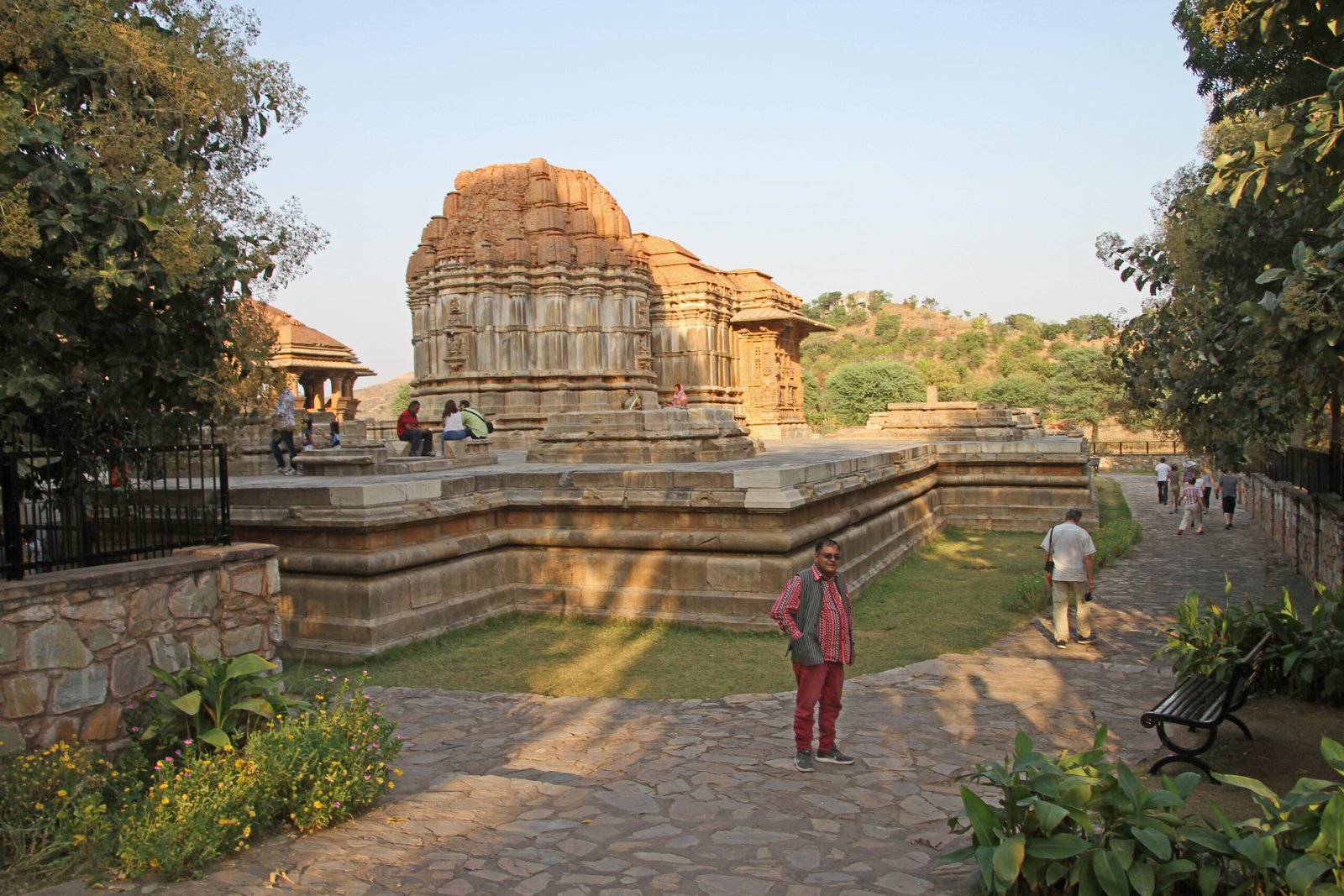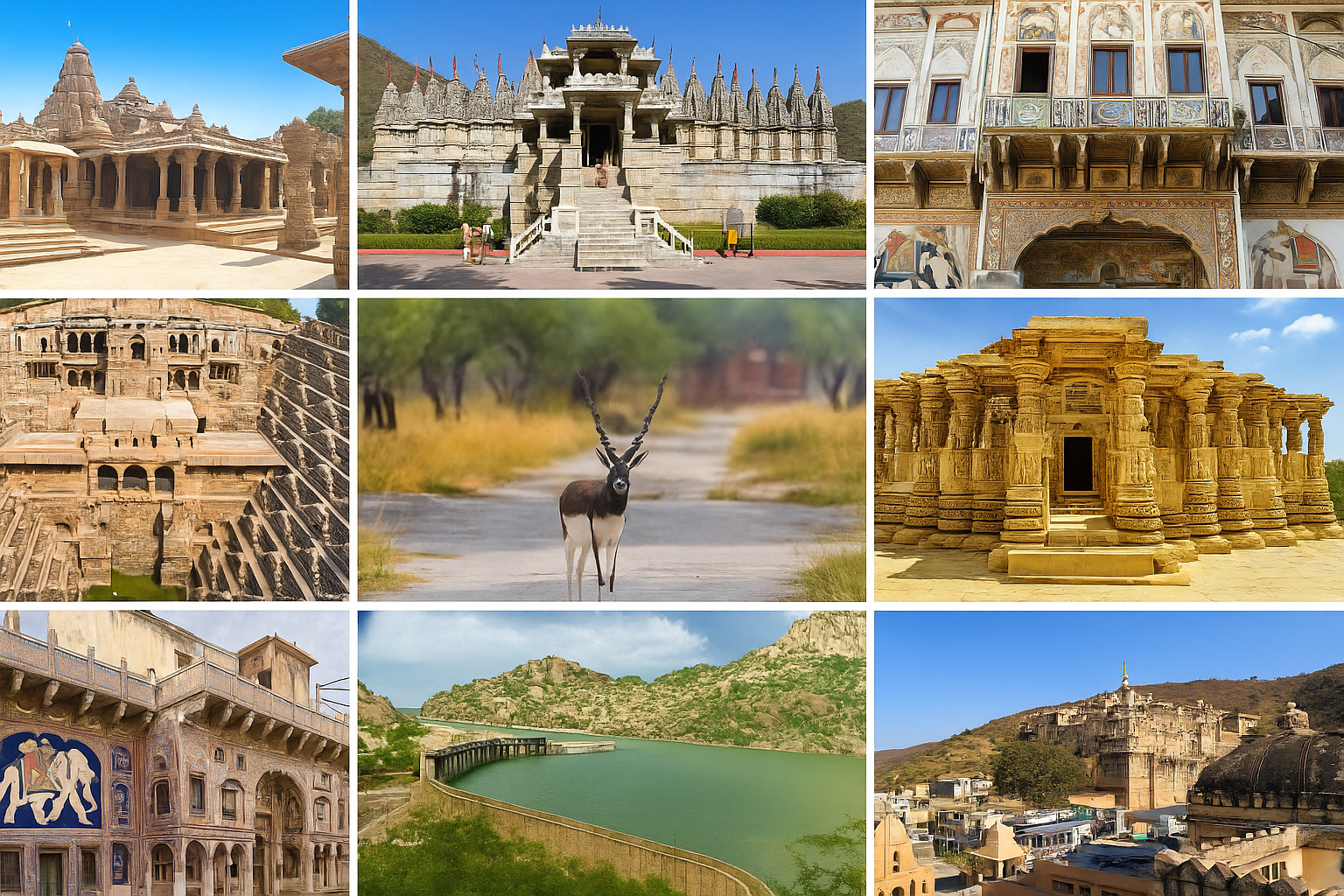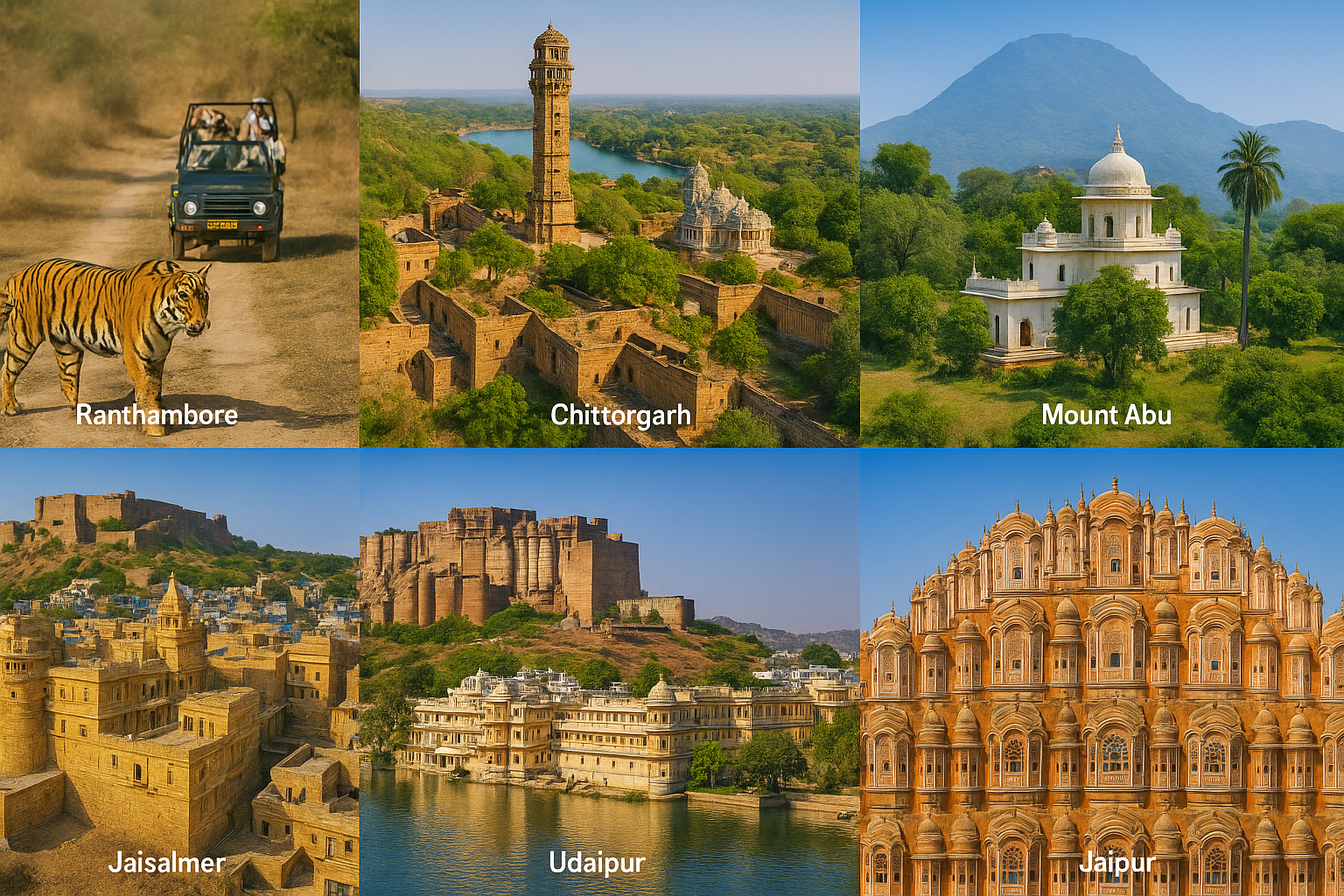History of Nagda – Nagda, an ancient town in Rajasthan, holds a significant place in Indian history as the first capital of Mewar. Nestled near Udaipur, Nagda is known for its rich historical and cultural heritage. This historic town was once a thriving kingdom before Chittorgarh and later Udaipur became the more prominent capitals of Mewar.
History of Nagda
With its remarkable architectural ruins, religious importance, and connection to the Sisodia dynasty, Nagda remains a fascinating destination for history enthusiasts. In this article, we delve into the history of Nagda, exploring its origins, rise to prominence, and eventual decline.
Origins of Nagda – Foundation of the Mewar Kingdom
The history of Nagda dates back to the 6th century when it was established by Nagaditya, a ruler from the Guhilot dynasty. The Guhilots, who later became the Sisodia Rajputs, were the founding rulers of Mewar, and Nagda served as their first capital.
The Guhilot Dynasty and the Rise of Nagda
Nagda was strategically located on the banks of Bagela Lake, making it an important trade and administrative center. As the capital of Mewar, it flourished under the rule of the Guhilots, who were known for their valiant leadership and strong military presence.
- Nagaditya, a descendant of the Guhilots, played a pivotal role in establishing Nagda as a thriving city.
- The region saw remarkable developments in architecture, trade, and governance.
- The Sisodia clan, which emerged from the Guhilots, would later become the most influential dynasty of Mewar.
The Golden Era of Nagda – A Flourishing Capital
Nagda reached its peak under the rule of Bappa Rawal, one of Mewar’s most celebrated rulers. His reign marked a period of significant military victories and cultural advancements.
Bappa Rawal’s Influence on Nagda
Bappa Rawal is widely regarded as the founder of the Mewar Kingdom and is believed to have expanded its territory while defending it from foreign invaders.
- He strengthened Nagda’s fortifications and established a powerful army.
- He forged alliances with other Rajput rulers to resist attacks from Arab invaders.
- His leadership ensured the prosperity of Nagda before shifting the capital to Chittorgarh.
Architectural Marvels of Nagda
One of the most notable remnants of Nagda’s historical significance is the Saas Bahu Temples, which date back to the 10th century.
- These twin temples, dedicated to Lord Vishnu, showcase exquisite craftsmanship and intricate carvings.
- Built during the reign of the Guhilot kings, they stand as a testament to Nagda’s architectural and religious prominence.
- The temples attract visitors from across the country due to their historical and spiritual importance.
The Decline of Nagda – Invasions and Destruction
Despite its former glory, Nagda eventually declined due to repeated invasions and internal conflicts.
The Invasion of Alauddin Khilji
During the 14th century, the Delhi Sultanate, under Alauddin Khilji, launched a series of attacks on Mewar. Nagda suffered massive destruction as Khilji’s forces plundered the city and demolished its temples and fortifications.
- This marked the beginning of Nagda’s decline as a political center.
- Many residents fled to Chittorgarh, which later became the new capital of Mewar.
- The remnants of temples and ruins bear testimony to the brutal attacks faced by the region.
The Shift of Capital to Chittorgarh
As Nagda became vulnerable to invasions, the Sisodia rulers decided to move the capital to Chittorgarh, a more secure location.
- Chittorgarh’s hilltop fortress provided a strategic defense against invaders.
- Over time, Udaipur was established as the final capital of Mewar, marking the end of Nagda’s political significance.
Religious and Cultural Significance of Nagda
Even after its decline, Nagda remained a spiritual and cultural hub, known for its ancient temples and festivals.
Saas Bahu Temples – A Testament to Mewar’s Artistic Brilliance
The Saas Bahu Temples, dedicated to Vishnu, reflect the intricate artistry of the Rajput era.
- The name “Saas Bahu” (Mother-in-law and Daughter-in-law) signifies the twin shrines, built for different family members.
- The temples feature detailed stone carvings, depicting mythological stories and celestial beings.
- They remain an important pilgrimage site and attract historians, travelers, and devotees alike.
Nagda’s Role in Mewar’s Folklore and Traditions
Nagda is often mentioned in Rajasthani folklore, symbolizing the valor and resilience of the Rajputs.
- Local traditions and festivals still honor the legacy of Bappa Rawal and the Sisodia dynasty.
- The town hosts religious ceremonies that preserve its ancient heritage.
Modern-Day Nagda – A Glimpse into the Past
Today, Nagda is a small yet historically significant site near Udaipur. Though it no longer holds political importance, it remains a major tourist attraction for those interested in Mewar’s glorious past.
Tourist Attractions in Nagda
- Saas Bahu Temples – A must-visit for architecture enthusiasts.
- Bagela Lake – A scenic spot offering tranquil surroundings.
- Ruins of Ancient Forts – Remnants of Nagda’s once-mighty fortifications.
Best Time to Visit Nagda
- The ideal time to explore Nagda is between October and March, when the weather is pleasant.
- Visitors can experience historical tours, cultural insights, and scenic beauty.
Book Your Best Resort in Udaipur
Don’t miss the opportunity to celebrate your love in the enchanting city of Udaipur. Contact us today to schedule a site visit and begin planning your dream wedding at Devi Palace Resort and Spa.
For more information or to book your Udaipur adventure, please contact us at:
- Phone: 7851091918
- Email: devipalaceudaipur@gmail.com
- Website: https://hoteldevipalace.com/
Stay connected with us on social media for the latest updates and special offers:
- Instagram: https://www.instagram.com/devipalaceresort
Conclusion
The history of Nagda is a tale of glory, resilience, and cultural richness. As the first capital of Mewar, it played a crucial role in shaping Rajasthan’s history. Though it faced destruction, its legacy lives on through its architectural wonders, folklore, and spiritual significance.
For history lovers and travelers, Nagda offers a unique glimpse into the beginnings of Mewar’s royal lineage. It stands as a symbol of Rajput valor and artistic excellence, making it a must-visit destination for anyone exploring Rajasthan’s heritage.
From its flourishing capital days to its transition into a historic town, Nagda remains an enduring testament to Mewar’s glorious past. If you wish to witness the roots of Rajasthan’s most celebrated kingdom, Nagda is the pla
Related Tags:-
- Best Resort in udaipur
- Best Resort in udaipur
- Hotel for wedding in udaipur
- Hotel near annanta resort
- Best luxury resort in udaipur
- About Us
- Our Gallery
- Explore Udaipur
- Best Resort in Udaipur
- Best Hotels in Udaipur
- Happy New Year
- Tourist places in Udaipur
- Weekend Getaways
- Destination Wedding
- Rich Biodiversity of Udaipur
- Honeymooners Paradise
- Two-Day Itinerary
- Best Time to Visit Udaipur
- Sunset Points in Udaipur
- Happy Republic Day
- Top Lake View Rooms in Udaipur
- Top Wedding Resort in Udaipur
- Experience Best Lake View
- Street Food in Udaipur
- History of Nagda











